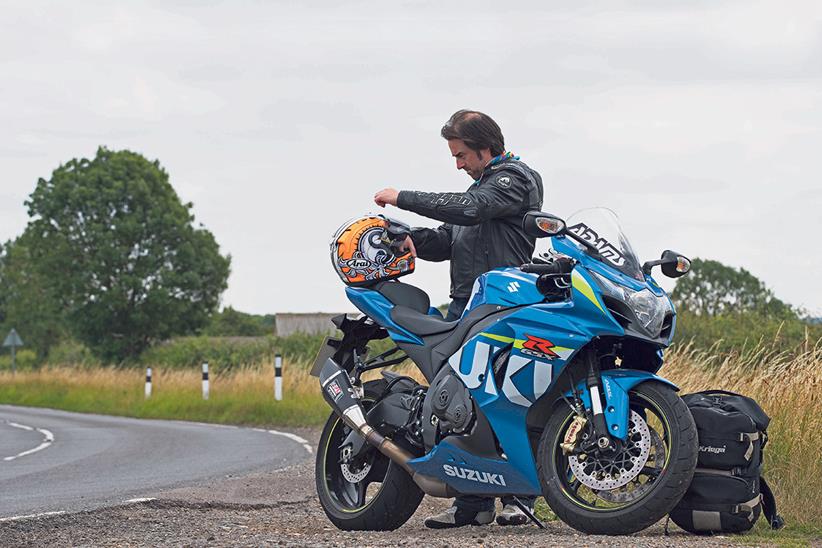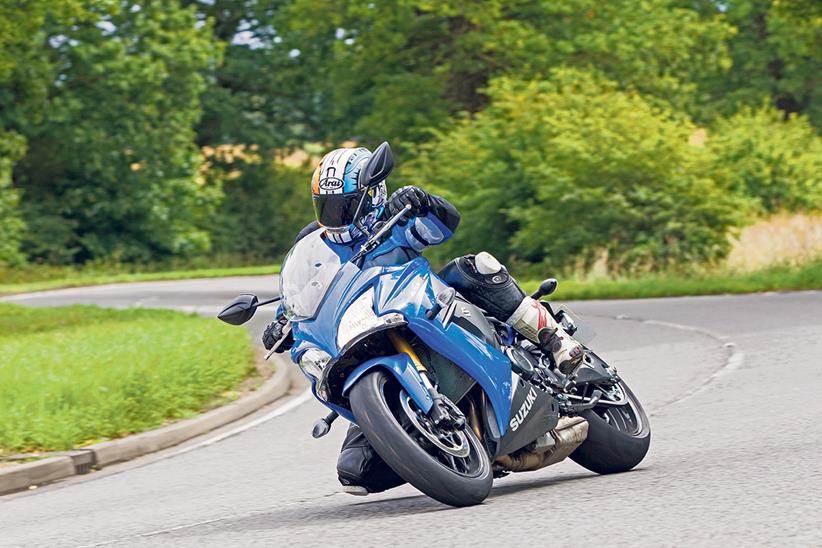MCN Fleet: GSX-S OR GSX-R?
Let’s look at the facts. The GSX uses a revised version of the 2005 GSX-R1000’s motor, which Suzuki claim makes 143.5bhp and 78.2ftlb. It also tips the scales at 210kg. In comparison, Suzuki claim their 2015 GSX-R produces 183.5bhp with 86ftlb and it weighs in at 203kg. So the GSX-S is 40bhp down on power and weighs an extra 7kg. It’s also £1300 cheaper so makes a great-value buy.
That deficit in power and surplus of weight shows in the speed data (see below). As expected, the new GSX-S is down on speed. There’s not a huge amount of difference between the two bikes up to 60mph, but then the GSX-R stretches its legs and disappears into the distance; flat-out it’s nearly 30mph quicker than the sports-touring GSX-S.
But facts and figures only tell half the story and on the road the gap feels closer. The GSX-S has a sporty edge to it. The wide Renthal bars allow you to throw the friendly bike around. The Brembo radial brake calipers are almost a match for the GSX-R items and the GSX-S comes with three-way traction control for added support, whereas the sporty GSX-R doesn’t have any rider aids.
However, once the pace hots up, the GSX-R’s heritage bubbles to the surface. The GSX-R is still raced competitively in BSB and WSB, and while it may be deemed old-fashioned by modern sportsbike standards it can still cut it. No matter how hard you ride the GSX-S you’ll never keep a GSX-R in sight. Yes, Suzuki’s new arrival is fun and more than capable, but the GSX-R is in a different league if you put on your race face.




